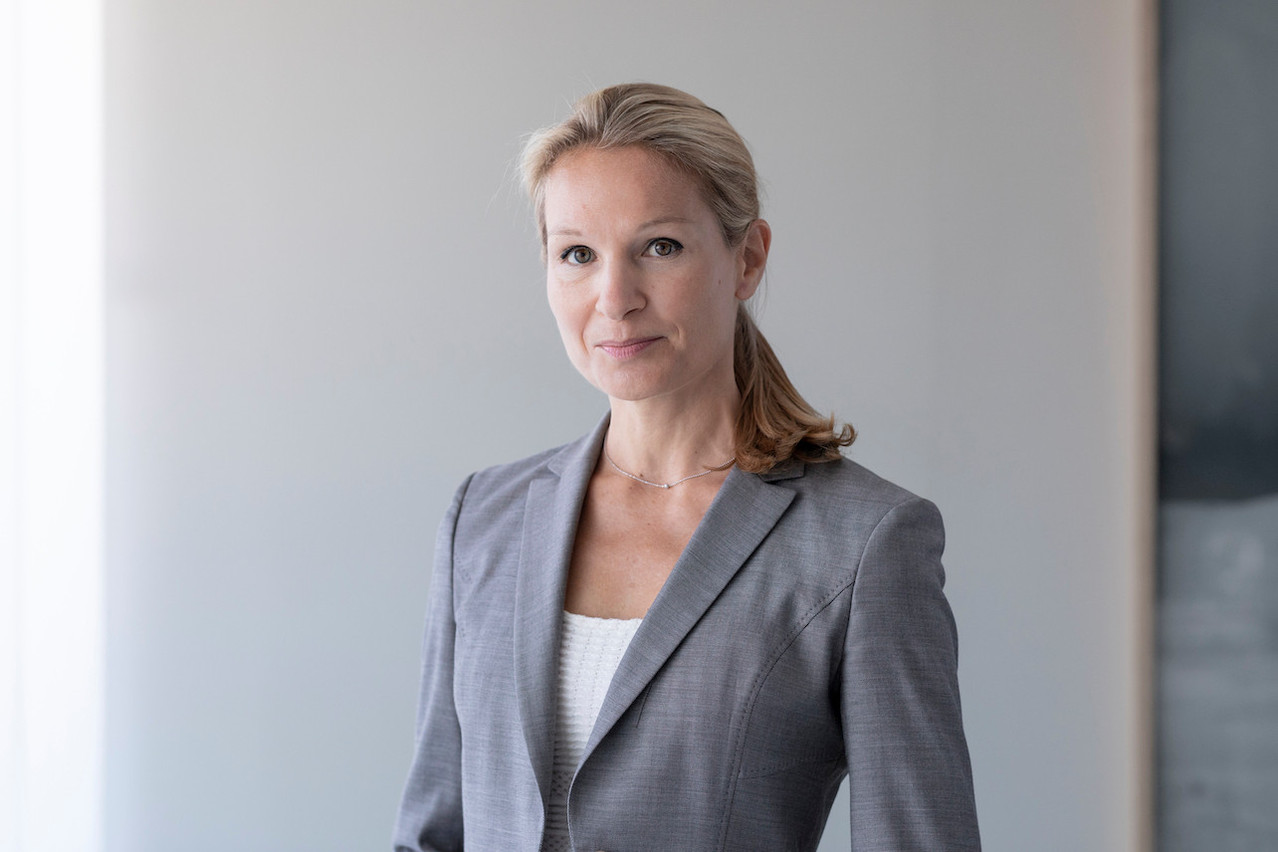For Pictet AM, a prestige brand is defined as a brand with a strong reputation that provides high-quality services and products. These companies are all the more sought-after because they have the ability to create or direct consumer trends and have strong pricing power. While luxury goods are obviously included in this investment universe, there are also companies active in tourism, sport and well-being.
For Caroline Reyl, manager of the Pictet-Premium Brands fund, a prestige brand is first and foremost a brand of excellence whose products “are differentiated and stem from unique know-how and expertise. Like the leathers of Hermès, the great complications of Patek Philippe or the engines of a Ferrari.”
It is also a brand that must offer an “inspiring” customer experience, both in-store and in the digital world, and that contributes to creating “an ecosystem around the brand.” Finally, a prestige brand is characterised by “innovation and creativity.” Reyl explains: “This often involves collaborations between brands, capsule collections (so short collections) and the idea is really to surprise and seduce the consumer.”
Customers driven by desire
These brands must “respond to consumer demands in a changing society.”
“We see three major long-term trends that have accelerated with covid. The first is to acquire higher quality goods. This trend goes hand in hand with the increase in purchasing power and the rise of the middle classes who want status and tokens of success. This is particularly true in emerging countries.” The second trend pointed out by Reyl is the desire to express one’s visual identity. This is particularly true for the new generations who are present on social networks. “We are talking about the selfie generation for whom image, and therefore the brands we wear, is very important. So are the values that brands convey.”
The third trend is the quest for well-being and balance. Here we are targeting segments such as sport, leisure or even the beauty sector, with a marked interest in products that are said to be responsible or natural.
Playing the “premiumisation” game
With this background, Reyl is targeting emerging markets with Pictet-Premium Brands--and especially China, whose reopening is for her the great surprise of the beginning of the year. She is also targeting women’s consumption. “Women today are more educated, work more and are therefore financially independent. They therefore tend to buy more brands for themselves. Jewellery, watches, ready-to-wear, shoes, cosmetics, etc.”
And she is betting on the “premiumisation” phenomenon. This means offering products at affordable prices in order to attract customers, build up their loyalty and gradually offer them more expensive products and services. An example is Dior, which offers “accessible” lipsticks and luxury leather bags.
Finally, it favours brands that know how to create communities. “This is done in particular through the use of influencers and digital marketing. The aim is to create an ecosystem around these brands that accelerates consumer loyalty.”
“The notion of rarity and exclusivity is central to our concept of prestige brands. We are really at the antithesis of fast fashion,” insists the manager. “Luxury is what can be repaired! The products of the most recognised brands are sold at prices higher than those of new items.”
Strong financial fundamentals
Prestige brands also have very strong financial characteristics. “Their sales growth is higher than the growth of general consumption. We are really in a structural growth theme at the revenue level. Compared to the MSCI World, margins are also higher. Cash flows are abundant and balance sheets are healthy. In times of crisis or runaway inflation, having little credit or debt is a plus. Finally, the desirability and uniqueness of the brands we have in our portfolio provides additional resilience.”
Reyl is optimistic about 2023. Firstly, because the “prestige brands” strategy historically outperform after crises. “Our companies tend to gain market share after crisis situations and they also make a difference through their financial strength.” Secondly, because desirability is intact and thirdly, because the reopening of China will have a positive impact on the sales of prestige brands.
Finally, she is optimistic because valuations have returned to pre-covid levels. Reyl believes that consensus expectations for our companies’ results are too low. “Our belief is that the reopening of China is not yet ‘priced in’ and we expect upward revisions to earnings expectations.”
“Our prestige brand strategy is based on excellence and exclusivity. It is a strategy that is focused on our strongest convictions. [There are] only 37 companies in the portfolio out of an investment universe of 120 companies. We have stocks in our portfolio that are growth stocks, but at the same time, they are quality stocks. And I think that’s why we are able to generate performance in difficult times, as well as in times of accelerating growth. We play the consumer, especially in emerging markets where purchasing power is increasing through equities in the developed world. Our companies are able to generate not only good growth, but also high margins and always high cash flows on a very healthy balance sheet. So there you have it, I’m happy to share with you the fact that we are going into this year in a very calm way.”
This article was published for the Paperjam+Delano Finance newsletter, the weekly source for financial news in Luxembourg. .
This story was first published in French on . It has been translated and edited for Delano.
